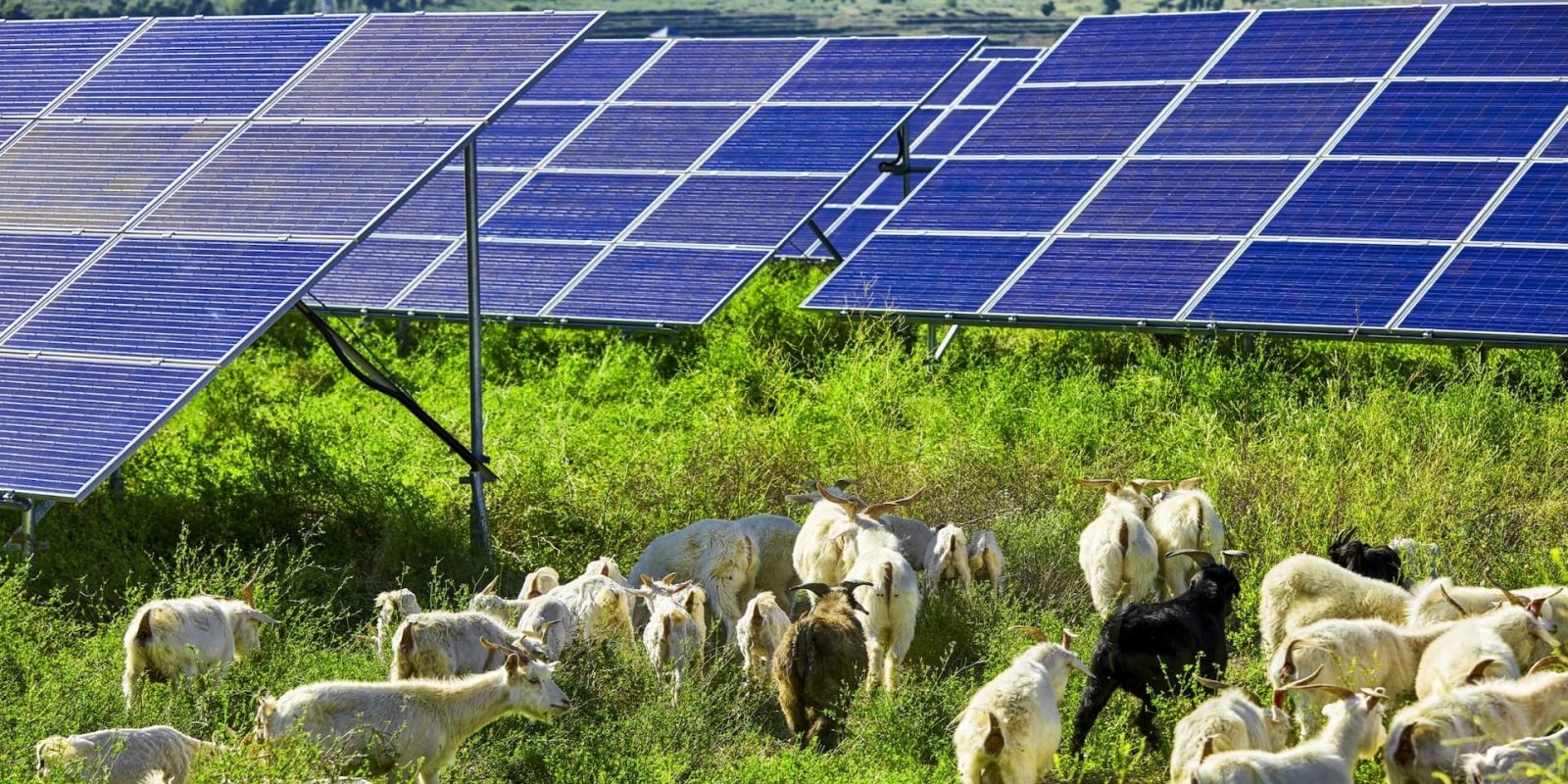
The globe added 50% more renewable capacity in 2023 than in 2022, giving it a serious possibility of meeting the COP28 climate change conference objective of doubling global capacity by 2030.
According to the International Energy Agency's (IEA) newest edition of the annual "Renewables 2023" report, the amount of renewable energy capacity added to energy networks throughout the world reached about 510 gigatonnes (GW), with solar accounting for 75% of additions.
China had the most growth, commissioning as much solar in 2023 as the whole globe did in 2022, while China's wind power additions increased by 66% year on year. Renewable energy capacity growth in the United States, Europe, and Brazil have also reached all-time highs.
Furthermore, the following five years will see the fastest growth in history. According to the analysis, given current policies and market circumstances, worldwide renewable power capacity is currently predicted to increase to 7,300 GW during the forecast period of 2023-28. Renewables will overtake coal as the main source of global energy generation by early 2025, accounting for 95% of the increase.
Nonetheless, despite the exceptional increase over the last year, the world has to go much farther to treble renewable capacity by 2030, as world leaders promised to do at COP28.
Fatih Birol, executive director of the IEA, stated:
This report is the first key installment of the IEA’s follow-up work on the energy outcomes of COP28 that will continue throughout 2024 and beyond.
This is based on the five key pillars we set out ahead of COP28 and covers tripling renewables, doubling energy efficiency, cutting methane emissions, transitioning away from fossil fuels, and scaling up financing for emerging and developing economies.
We will be following very closely to see whether countries are delivering on their promises and implementing appropriate policies.
According to Birol, "success will hinge" on increasing funding for emerging and developing economies.
Dave Jones, program director at global energy think tank Ember, commented on the IEA report:
The twin COP28 goals of a tripling of global renewables and a doubling [of] energy efficiency could help push energy CO2 emissions down by 35% by 2030. This means we are increasingly on track not only for a peaking of fossil fuel use this decade, but for sizeable falls in fossil fuel use.
This is at odds with the huge investment planned by the oil and gas industry, fueled by the superprofits of the energy crisis, which is creating a chasm between [the] outlook for demand and the outlook for supply. 2024 will be the year renewables change from a nuisance for the fossil fuel industry to an existential threat.
Photo: Solstice
If you live in an area that has frequent natural disaster events, and are interested in making your home more resilient to power outages, consider going solar and adding a battery storage system. To make sure you find a trusted, reliable solar installer near you that offers competitive pricing, check out EnergySage, a free service that makes it easy for you to go solar. They have hundreds of pre-vetted solar installers competing for your business, ensuring you get high quality solutions and save 20-30% compared to going it alone. Plus, it’s free to use and you won’t get sales calls until you select an installer and share your phone number with them.



0 Comments